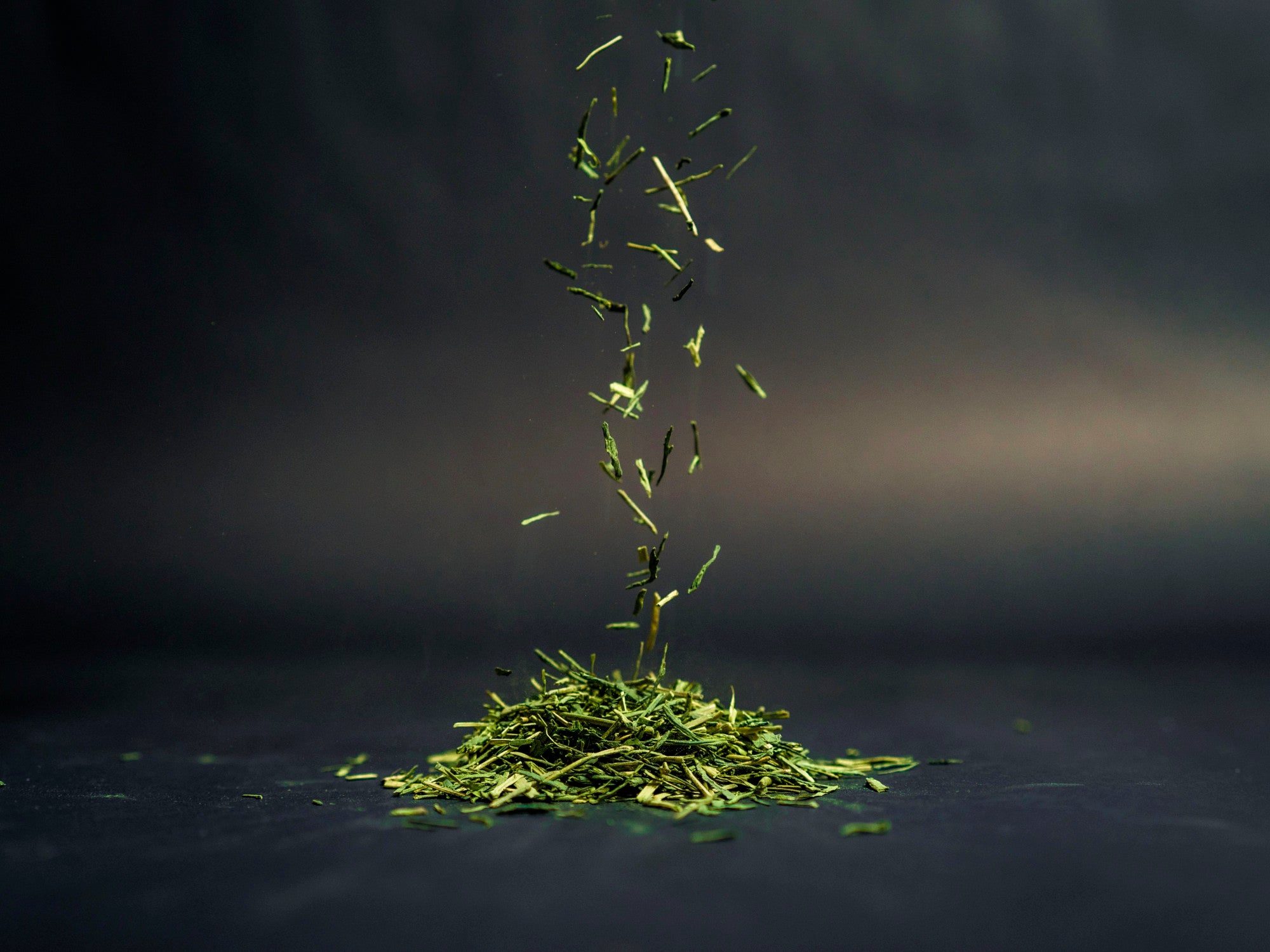Your basket is empty
Already have an account? Log in to check out faster.
Already have an account? Log in to check out faster.

Sencha is a very common green tea in Japan, in fact it represents 80% of the national tea production, and is highly appreciated.
It is grown especially in the south of Japan , which thanks to its particular climatic conditions represents an ideal place for the cultivation of green tea.
Sencha has dark, bright green leaves with a characteristic needle shape.
Its preparation takes place by infusion, unlike Matcha tea, which is instead a powdered tea and is prepare for suspension.
Its infusion has a color that ranges from golden yellow to an intense green and remains very transparent.
Sencha tea, unlike Matcha and from Gyokuro , is grown along wavy rows exposed to sunlight direct throughout their life cycle and, consequently, has rapid growth.
The plantations are of a variety of Camellia sinensis what is called Yabukita and its shrubs remain low and are arranged in a harmonious and orderly manner.
Generally, three different harvests are planned. The first at the beginning of May, the second at the end of June, and finally, the third at the beginning of August.
The Sencha tea NaturalBio comes from first harvest , which takes place at the end of April, for this reason it is called " Shincha tea " which means new tea and is the most valuable.
Only the first newly sprouted leaves are selected, which have stored all the nutrients during the winter.
Japanese green tea differs from Chinese green tea because it is treated steam .
After harvesting, the leaves are first exposed to the sun and after about 12-20 hours they are steamed for at least 30 seconds.
This process, also called Uji method , allows you to block its oxidation so that all the beneficial properties are preserved.
Furthermore, it gives the tea a particular flavour: with vegetal notes, almost herbaceous, similar to that of algae.
Next, the process called Rolling and Drying in which the leaf fibres are softened allowing them to achieve their characteristic thin needle shape.
Finally, the drying process, which generally involves 4 phases of 20/40 minutes each, allows a large percentage of the water contained in the leaves to evaporate.
Green tea is rich in antioxidants , precious molecules capable of preventing chemical reactions that lead to the formation of free radicals.
Furthermore, antioxidants protect the body's tissues by preventing cellular aging.
Green tea contains an important class of antioxidants, catechins . Among the catechins we find Epigallocatechin gallate (EGCg) , an enzyme that appears to help better combat oxidative stress-related pathologies.
Sencha green tea supports metabolism and has detoxifying and draining properties.
Regular intake would be able to promote correct intestinal functionality, stimulating peristalsis.
Finally, it would be able to increase concentration and stimulate the mind.
Here's how to prepare Sencha tea according to the traditional method:
The amount of water in which the tea leaves are infused is very important to obtain a drink with the right concentration.
The temperature of the water is really a determining factor because it greatly affects the flavor of the tea.
The water should not be too hot, approximately 70°/80°. Ideally, you should wait 3 to 5 minutes after boiling.
It is important to know that water, when poured into another container, lowers its temperature by an average of 8 °C.
The leaves can be used another 3-4 times, and for subsequent infusions.
If you are making an infusion for more than one person, you can pour the tea a little at a time, several times alternately into each cup, so that each person gets an infusion with the same flavour.
Sencha tea has a very particular, refreshing and harmonious flavor, ranging from astringent to sweet.
This is due to two fundamental components that come into play at the time of infusion:
Sencha tea leaves are needle-shaped and a beautiful, dark, bright green.
The steaming process gives Sencha the fresh, spring grassy aromas that are characteristic of this tea.
The color of the tea once infused can vary from golden yellow tending towards green, to a very intense green, but it still remains transparent, not opaque.
Sencha is a tea with a low theine content, which makes it perfect for drinking frequently.
Green tea lends itself to countless food pairings.
Fish and white meats cooked in a simple and light way, grilled or on a griddle, go well with most green teas.
Sencha pairs well with both raw and cooked fish, and is often the tea they offer at Japanese restaurants.
Like all teas, Sencha is not only suitable for pairing with foods but also as an ingredient in recipes.
It can be used to flavour fish or vegetable broths, or it can be used as a spice.
Some scientific studies on the benefits:
0 comments